PHILIPPA SNOW LOOKS AT DE PALMA'S 4TH FEATURE, WHICH SCREENS AT FILM FORUM IN NYC FEB 6
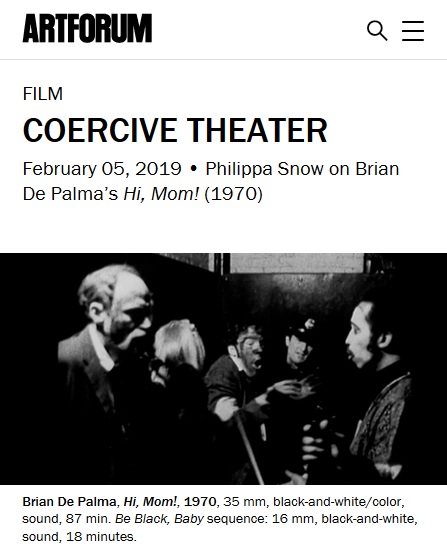 Philippa Snow writes about Brian De Palma's Hi, Mom! for ARTFORUM, as the film is scheduled for three 35mm screenings on Wednesday, February 6th, at Film Forum in New York City:
Philippa Snow writes about Brian De Palma's Hi, Mom! for ARTFORUM, as the film is scheduled for three 35mm screenings on Wednesday, February 6th, at Film Forum in New York City:ABOUT HALFWAY THROUGH Brian De Palma’s 1970 film Hi, Mom!, a white woman, dazed and recently raped, gives a fuzzy exit interview on camera. “Well, [New York Times theater critic] Clive Barnes was really right,” she says. “It was some experience. I’m gonna tell all my friends that they’ve gotta come.” The experience that she’s referring to is Be Black, Baby, an immersive opportunity (and Hi, Mom!’s film-within-a-film centerpiece) for well-heeled whites to, per the title, temporarily “be black.” If this white woman and her kin had predicted correctly that they would be given “soul food,” and be made up roughly and inelegantly with black shoe-polish, they do not seem to have guessed that they would also be robbed, gaslit, faced with furious demands to see ID, interrogated on the subject of their livelihoods and personal lives, hypersexualized, beaten and sexually assaulted, and then arrested by a white NYPD cop. The happening’s artist-cum-terrorist showrunners, who are African American but wearing whiteface, are as pale as death, and do not seem afraid to kill. The fact that the participants, if rattled, see their ritual humiliation as a dazzling work of art is owed to an embarrassing, embarrassingly recognizable strain of privileged white faux-wokeness. The fact that this scene takes place in a film both written and directed by a white man makes it doubly charged, recursive in its condemnation of white tourism in black lives.Be Black, Baby is the third of five acts in Hi, Mom!, the fourth effort by the Hitchcock-loving, sleaze-artiste auteur. It is the perfect nucleus around which a chaotic story swirls: A Vietnam vet, broke and keen to game the sickest parts of New York’s system, becomes a peeping-tom-pornographer, then an actor, then finally a radical determined to quite literally explode the bourgeoisie. The protagonist, Jon Rubin, is played by Robert De Niro, a fact less significant in 1970 than it is now. The movie’s introduction to a grinning Rubin, yanking down a cloth that’s covering a mirror to reveal himself behind the camera, must have looked then like a broad allusion to the director’s ongoing themes of doubling and observation. In the wake of 1976’s Taxi Driver, it now functions as a meta joke, a “gotcha” shot whose punchline depends on the megawattage of its star. Meta now, too, is the scene where he auditions to appear in Be Black, Baby as the aforementioned white cop, only to be told that he looks too incapable of brutality or insanity to get the part. “I think I can play a cop, you know,” he swaggers. “I know I can. I can do anything.” Like Travis Bickle, Rubin is a firm believer in the cleansing properties of vigilante violence. His first scheme for making money is to buy a camera, hole up in his dive apartment, and then film the couples living in the opposite block through the readymade screens of their front-room windows; finding that his movies lack the necessary action, he seduces the girl living opposite in order to become the lead in his own porno, a conceit that’s more De Palma than De Palma in its invocation of the twin desires to see and be seen, to fuck and watch the action, to be both directing and directed.
When the stag film fails, he hawks his camera and procures a television. On that television, he sees the black activist group taunting white New Yorkers in a series of faintly Surrealist vox pops, and the next move in his nihilist career presents itself in black-and-white simplicity. De Palma’s love of cinéma vérité is deployed—both in the broadcast that makes Rubin first seek out the group of radicals and in the Be Black, Baby footage—to invigorating, sick effect: filmed on a hand-held camera, lit like shit and void of color, both scenes feel less like fictional exercises than like real-life powder kegs. The best thing De Palma does in the electrifying “theater” sequence is show how idiotic and banal the rich, entitled white person’s general idea of blackness is. Asked to examine the black ringleaders from head to toe by touch, the ticketholders sound like children being handed salamanders at a petting zoo. “So this is an afro!” one exclaims. “It’s like a sponge!” “It’s like angel food cake,” says the blonde white woman who ends up violated with a broom handle. “I expected it to feel like wire wool.” When she assures the troupe that “You’re the actors, we’re the audience, honey,” it is less a throwaway line than a perfect distillation of the white gaze on black bodies, even if it’s improvised. “It really makes you stop and think,” one audience member beams, his face as bloodied as if he had been at war.
In general, white men seem to love to “stop and think,” perhaps because it is the cheapest, lowest-maintenance form of “atonement.” A voyeur by nature, it is difficult to separate De Palma’s love of looking from his status as an outsider on the particularly thorny subjects of black pain, white exploitation, and police brutality, however excellent the Be Black, Baby sequence is in its inventiveness and execution. He is, in classic De Palma style, within and without, the accuser and the implicated, and his placing of a worthy, right-on bearded white man in the otherwise entirely African American activist troupe might be read as barbed self-satire. “The most Hitchcockian riff that De Palma ever examined,” Eric Henderson wrote in a 2004 reconsideration of Hi, Mom!, “is the capacity for the human psyche to harbor intense, complicated divergence.” A divergence necessarily occurs in the minds of the audience members of the Be Black, Baby skit, who simultaneously believe that they deserved the beatings and the rape by dint of the historic evil of their race, and that their willingness to be debased somehow absolves them of the same historic sin. Jon Rubin, after playing at being a cop in Be Black, Baby, marries and impregnates the girl in the building opposite, then leaves a bomb sequestered in her laundry room. He has not actually destroyed the all-American nuclear family, just like being painted black and brutalized is no real foil for white supremacy. With the imperfect and exhilarating Hi, Mom!, De Palma plants something unsafe and explosive underneath his audience, and runs.
Updated: Wednesday, February 6, 2019 12:11 AM CST
Post Comment | Permalink | Share This Post





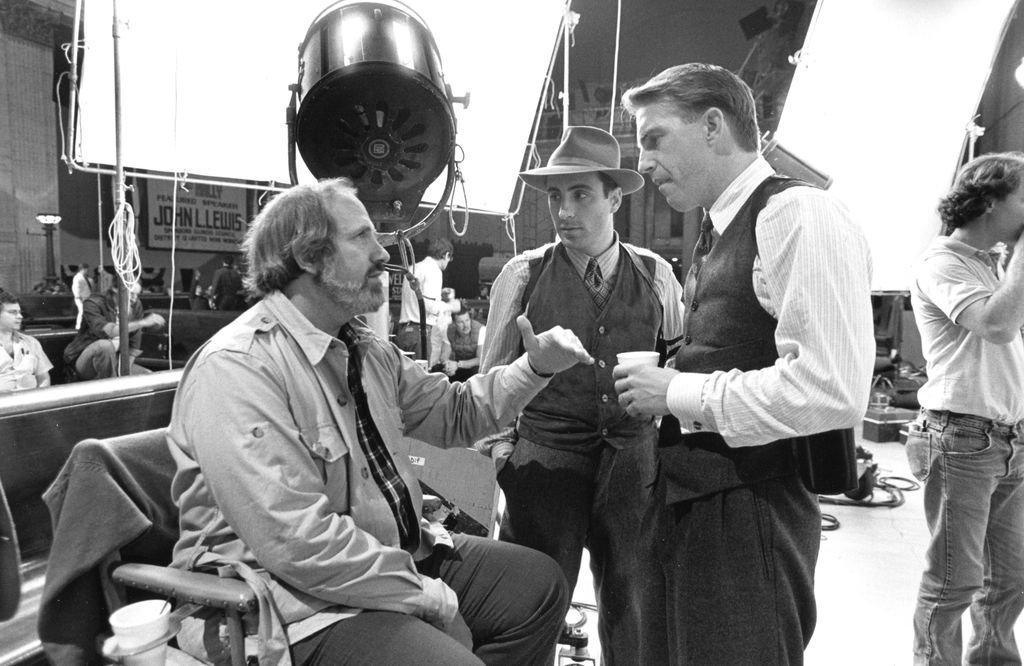
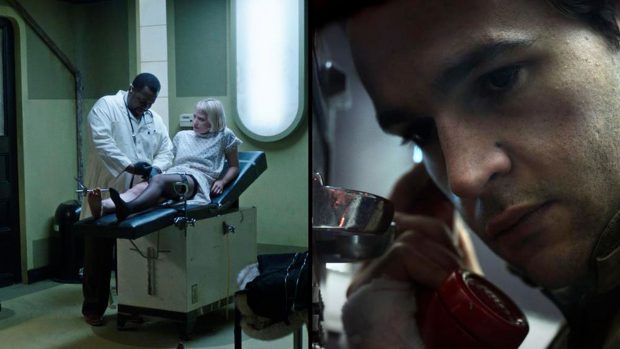 Nicolas Pesce's Piercing opened yesterday in theaters and streaming on demand. It is Pesce's second feature, following his singularly strange and vivid feature debut from 2016, The Eyes Of My Mother. Piercing, which had its world premiere last year at Sundance, is an adaptation of a novel by Ryū Murakami, and stars Mia Wasikowska and Christopher Abbott. In a review at
Nicolas Pesce's Piercing opened yesterday in theaters and streaming on demand. It is Pesce's second feature, following his singularly strange and vivid feature debut from 2016, The Eyes Of My Mother. Piercing, which had its world premiere last year at Sundance, is an adaptation of a novel by Ryū Murakami, and stars Mia Wasikowska and Christopher Abbott. In a review at 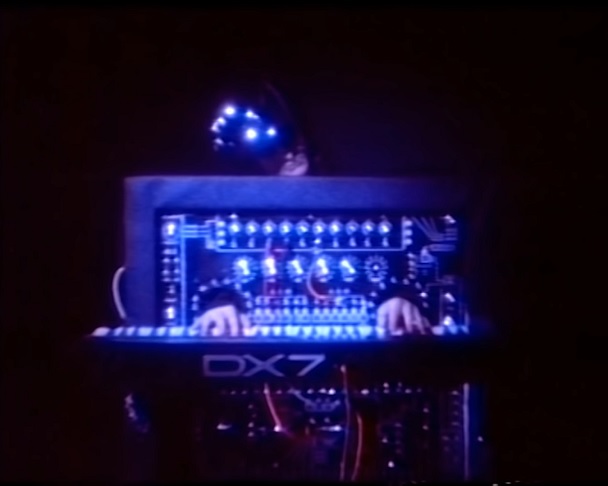

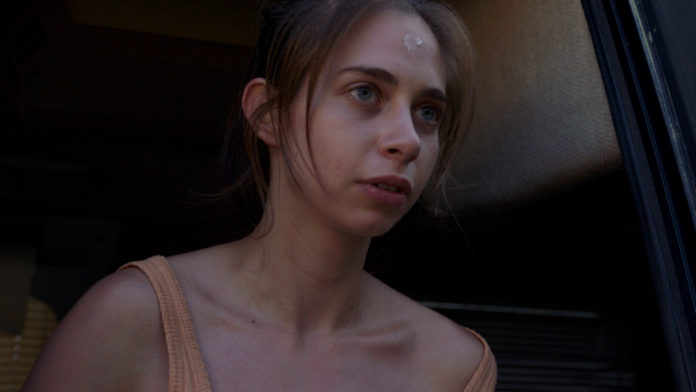 Piper De Palma, daughter of Brian De Palma, makes her feature film debut in Spiral Farm, which had its world premiere at the
Piper De Palma, daughter of Brian De Palma, makes her feature film debut in Spiral Farm, which had its world premiere at the 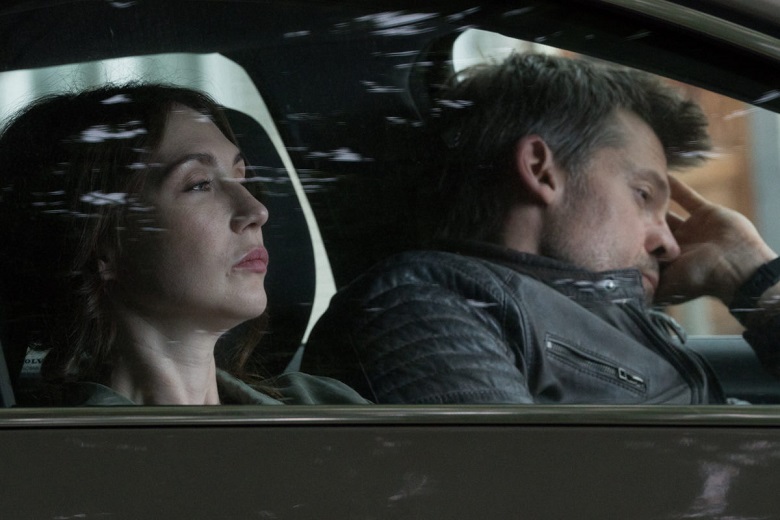
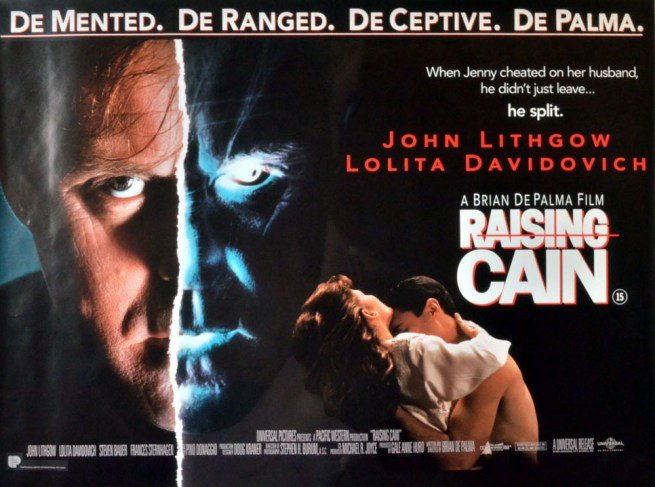
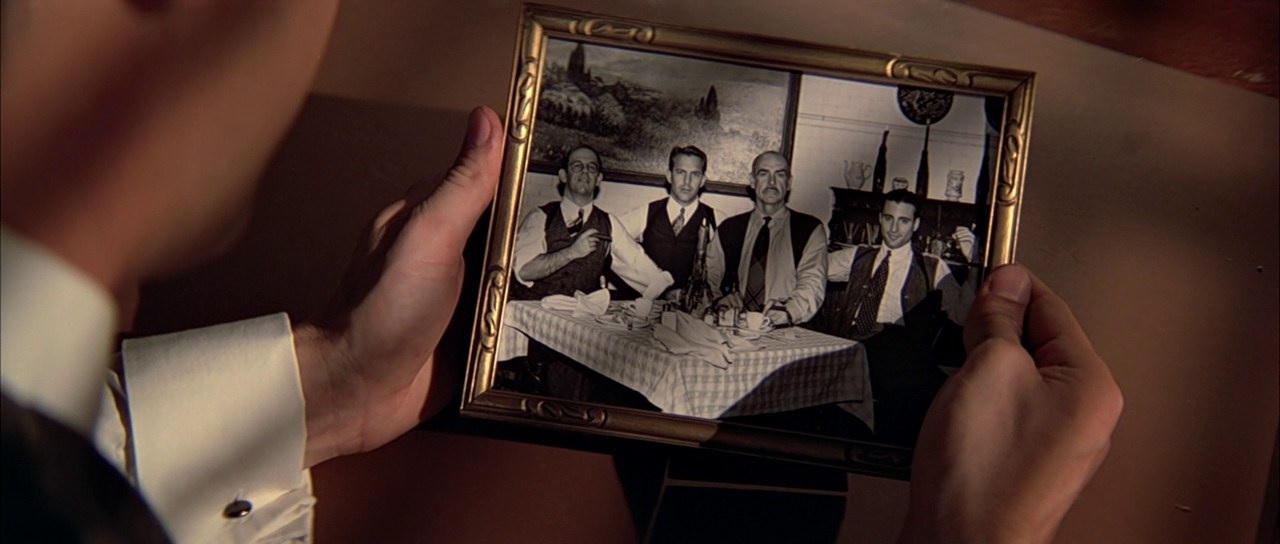
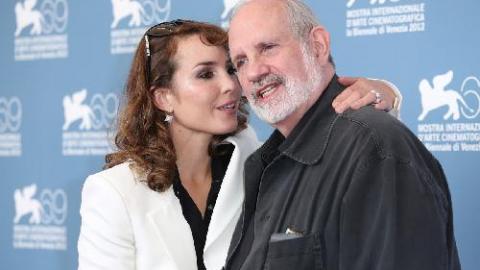 With a new movie (Vicky Jewson's Close) world premiering on Netflix yesterday,
With a new movie (Vicky Jewson's Close) world premiering on Netflix yesterday,